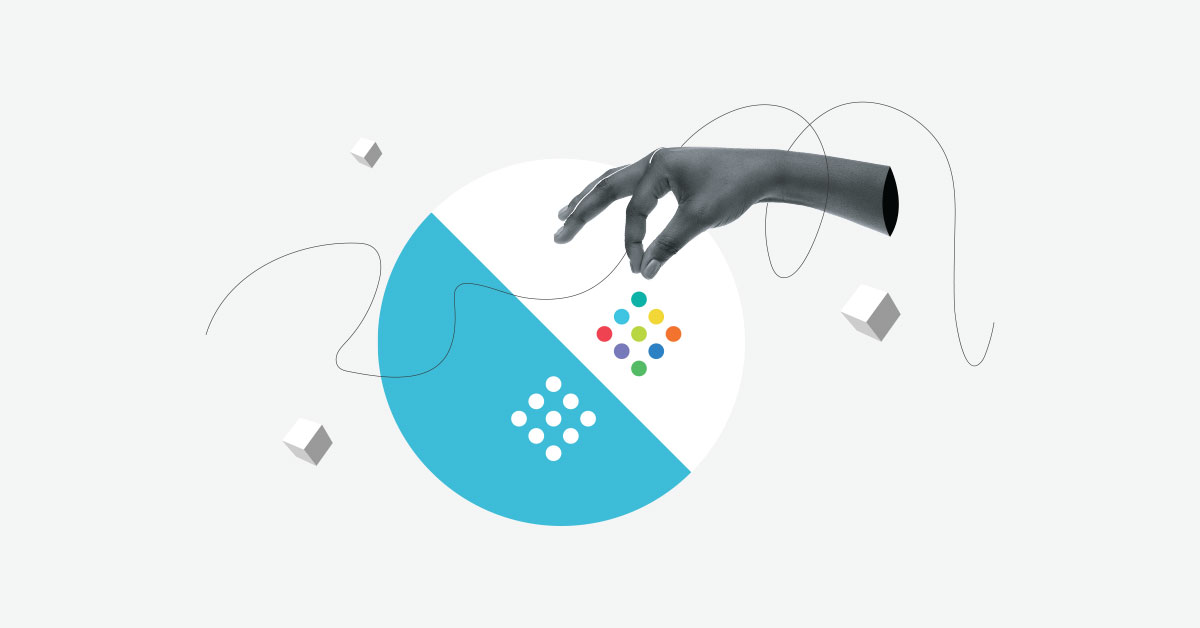In Canada, the average daily sodium intake is estimated at almost twice the amount needed. This has a great impact on Canadians’ health as a diet high in sodium is one of the top risk factors for chronic diseases such as stroke, heart disease and kidney disease.
It is evident that the food industry – restaurants, processors and manufacturers, can play a big role in reducing sodium levels in the current food supply. However, it needs a labour force equipped with the knowledge and skills to lead the change.
To address this challenge, CICan’s Beyond Salt project brought colleges and institutes together to develop, test and validate new teaching material on sodium reduction. The results and materials of this two-year pan-Canadian initiative are available below in the form of lesson plans and teaching material that can be incorporated in courses and programs related to nutrition, food production and preparation.
Sodium reduction lessons that focus on:
Nutritional Cooking
The aim of the lesson plan is to assess the role of salt/sodium in the seasoning process. By examining this process, students will understand how healthier flavour builders can be used to create delicious and full flavour profiles.
Developed by: Assiniboine Community College
Cooking techniques and alternatives to salt
This lesson plan incorporates a presentation and an interactive discussion to enable formative assessment & practice. With the use of both a theory and a cooking activity, the students will be able to identify main ingredients as sources of sodium in a dish and will be able to create modified recipe/instructions.
Developed by: George Brown College
Nutrition and strategies
This lesson plan takes a more scientific approach to sodium reduction. Through this teaching material, students get a glimpse on how unsuspecting ingredients can contribute to sodium and how to calculate the % of sodium content in a dish and understand tools and techniques to decrease it.
Developed by: Holland College
Nutrition and healthy cooking
In this module, the student will learn to recognize the main sources of sodium in our diet and better understand the negative health effects of its overconsumption. In a culinary lab, the student will prepare two versions of the same dish with different sodium content and compare results in taste and texture during a tasting panel.
Developed by: La Cité Collège
Flavour and taste
This teaching material involves a dual theory and practical lab where students begin by discussing sodium reduced recipes with the instructor and then undertake an interactive lab engaging students in cooking either regular or salt reduced recipes to compare.
Developed by: North Island College
Healthy cooking for customers
Students are tasked with preparing and presenting a rabbit appetizer dish that must incorporate sodium reduction hacks while using of a variety of cooking techniques to create the dish. The activity helps students assess the role of salt/sodium in the cooking process and understand how it is important to impart flavours at each stage of it.
Developed by: Nova Scotia Community College
Theory and applicability
This teaching material uses a presentation to examine the theory component of cooking and how sodium plays a role in different foods and different forms of cooking. The students will then apply what they have learned in the practical lab where they will assess the role of salt/sodium in the cooking process and prepare a variety of dishes using alternative seasonings.
Developed by: Saskatchewan Polytechnic
![]() Lesson plans and teaching materials are in English
Lesson plans and teaching materials are in English
![]() Lesson plans and teaching materials are in French
Lesson plans and teaching materials are in French

